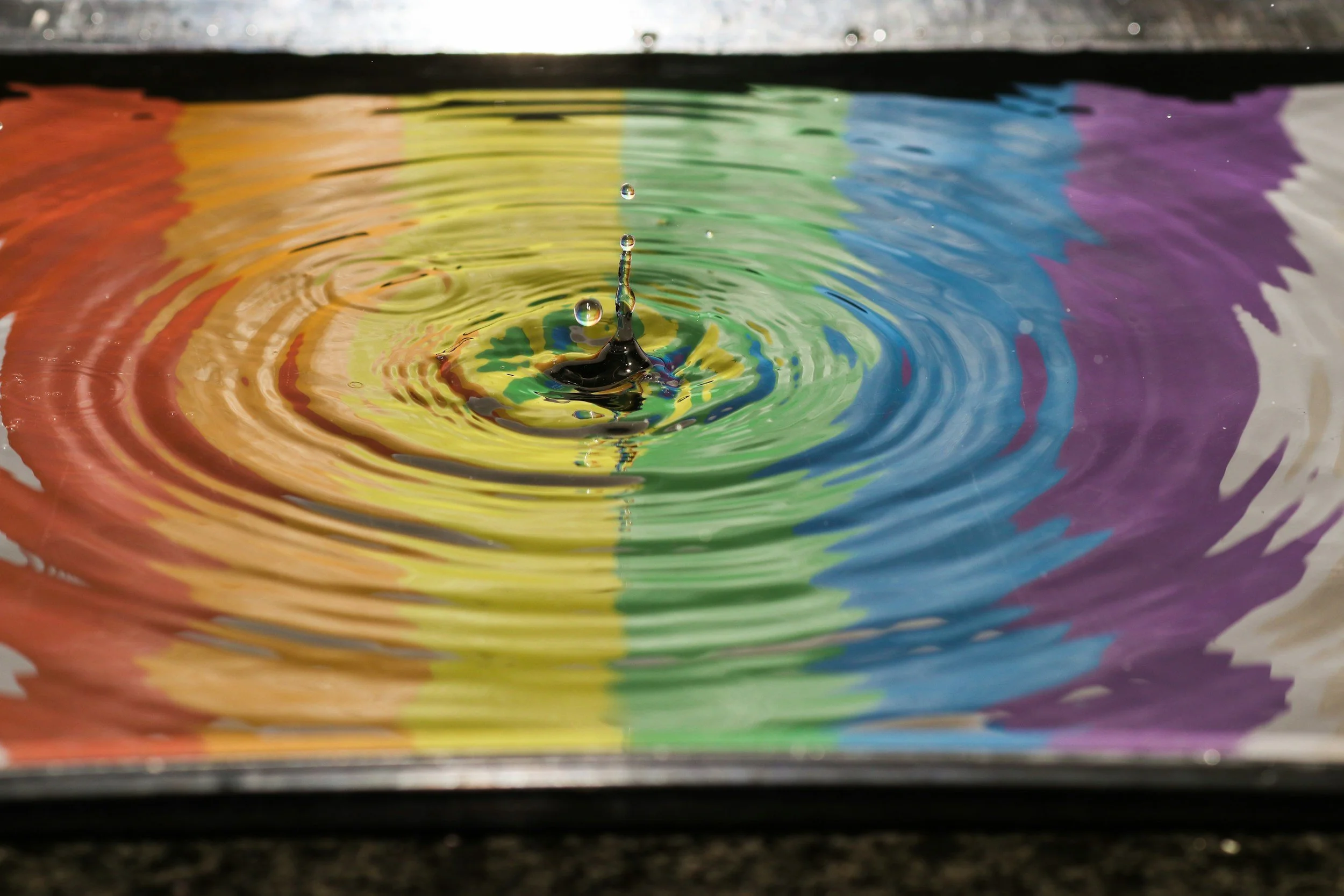Some of the hardest challenges we face in life can connect us deeply to others.
Winning a championship with your recreational softball team, getting to the end of a show week, or making it through that last deadline with your coworkers. Moments like these can create lasting relationships with the people who stayed, even when we were down in the dirt.
But what happens if the person you went through hell with caused the hell? More than that—what if you like them being around but feel conflicted about the levels of stress and toxicity they bring you?
That’s called a trauma bond. Feeling emotionally connected to the perpetrator of your prolonged abuse. Sometimes it can be tricky. You may feel like you have to take the bad with the good. And generally that’s true. But if the “good” parts only come at the price of negative experiences, and you feel obligated to tolerate or look past things that don’t sit right with you, there’s a good chance you are involved in a trauma bond.
(Contrary to popular belief, trauma bonding is not bonding with someone over each of your own past traumatic incidents.)
Trauma bonding is characterized by what feels like “hot and cold” manipulation, so that you emotionally and physiologically, feel bonded to whatever (or whomever) provides the first semblance of safety.
This is not only the case in abusive family or romantic relationships, but often strong group dynamics that require intense physical and psychological devotion, such as military training, spiritual cults — even some workplaces TBH.
Let’s talk about recognizing the cycle of trauma bonding and how you can eventually break free of it.
























